Imagine lacing up your trusty hiking shoes, ready for a day on the trails, when suddenly, the idea of a quick jog takes hold. Can you run in hiking shoes? This seemingly straightforward dilemma taps into a broader discussion about the significance of wearing the right footwear.
Whether you’re traversing rugged landscapes or aiming to break a sweat on the track, the importance of tailored footwear becomes all too clear. Let’s unravel this debate and explore the intricate dance between comfort and performance.
The Differences Between Hiking Shoes and Running Shoes
Wearing appropriate footwear directly influences comfort, performance, and safety. The right shoes offer tailored features—like cushioning, support, and traction—that align with the demands of the activity.
On the other hand, ill-fitting footwear can lead to discomfort, injuries, and hindered performance. To understand whether or not you can wear hiking shoes for running, here’s where these two footwear types differ:
Terrain and Traction
Designed for challenging terrains, hiking shoes boast aggressive treads and durable outsoles to grip uneven surfaces like rocks, mud, and trails effectively.
In contrast, running shoes are primarily optimized for pavement and track running. As such, they feature smoother outsoles for minimal friction on even surfaces, offering less traction on rugged terrains.
Cushioning and Impact Absorption
Hiking shoes generally provide firmer cushioning to withstand the impact of walking on rocky or uneven surfaces. Instead, they focus more on stability and durability.
As for running shoes, they are designed to offer specialized cushioning that’s softer and strategically placed. This way, they can absorb shock better during the repetitive impact of running, prioritizing comfort and injury prevention.
Weight and Flexibility
Hiking shoes tend to be heavier due to their rugged construction and materials. While this provides stability, it can potentially slow down runners.
In comparison, running shoes are lightweight to facilitate agility and speed. They also have increased flexibility to allow the foot to move naturally through the gait cycle.
Ankle Support and Stability
Hiking shoes often feature higher ankle collars and sturdy construction to offer better ankle support. This protects the wearer against twists and sprains during challenging hikes.
Compared to hiking shoes, running shoes generally have lower ankle collars. This enables unrestricted movement and a natural stride. Essentially, these shoes are designed to put more emphasis on freedom of movement over ankle support.
Breathability and Water Resistance
Hiking shoes tend to focus on durability and protection from the elements. As such, they often feature materials that are water-resistant or waterproof, which, in turn, might compromise breathability.
Running shoes place greater emphasis on breathability to keep feet cool during intense runs. Because of this, they may not be as water-resistant as hiking shoes.
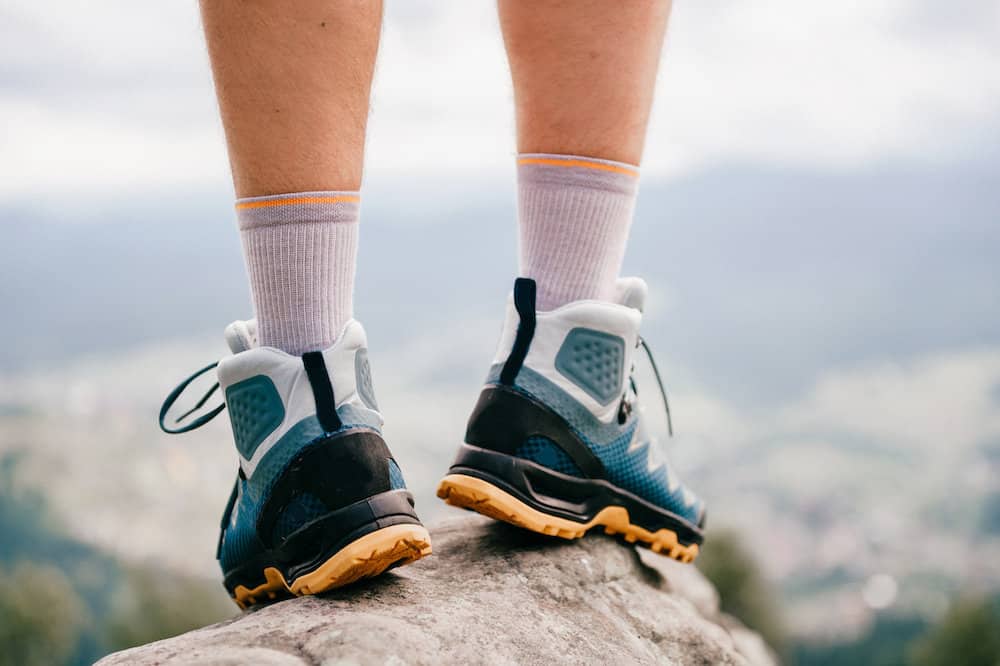
Can You Run in Hiking Shoes?
Running in hiking shoes, while not the norm, can be feasible under certain circumstances. One example is when the transition between hiking and running is fluid, such as trail running with intermittent rocky sections.
If the majority of the route resembles hiking terrain, the added traction and ankle support of hiking shoes might be advantageous.
Comfort and Support Considerations
Hiking shoes are crafted for stability, durability, and protection on uneven terrains. While they offer a robust construction, they might lack the plush cushioning and responsive support that running shoes provide.
Thus, for shorter, casual runs, hiking shoes could offer acceptable comfort. For longer distances or higher intensity runs, the disparity in cushioning and support might lead to discomfort or potential injury.
Assessing Individual Foot Mechanics
Runners should evaluate their pronation, arch type, and overall running style before attempting to run in hiking shoes.
For those with neutral mechanics and a natural running gait, the transition could be smoother. However, overpronators or individuals with specific foot conditions might find that the lack of specialized support in hiking shoes could exacerbate issues.
When Is It Not Advisable To Run in Hiking Shoes?
Running in hiking shoes should be avoided in scenarios demanding peak performance and specialized conditions.
- Extreme Running Distances: Avoid hiking shoes for marathons, ultramarathons, and long-distance events. They lack the specific cushioning and support needed for prolonged impact and endurance.
- Competitive Races: Opt for running shoes in competitive races where lightweight construction, responsive cushioning, and optimal traction are essential for peak performance.
- Specialized Running Conditions: Hiking shoes should be avoided on tracks, treadmills, or well-paved surfaces where their excessive grip and stiffness can hinder efficient stride and speed. Choose running shoes designed for these specific conditions.
In essence, the decision to run in hiking shoes should be informed by the activity’s demands, the individual’s comfort level, and their foot mechanics. While feasible in certain cases, runners should exercise caution and prioritize safety and well-being when making this choice.
Impact on Running Performance
Choosing hiking shoes for running can bring unforeseen implications that reverberate throughout one’s running performance.
Traction and Grip Comparison
Hiking shoes, built for varied terrains, offer robust traction with deep lugs and sturdy outsoles. However, this extra grip might become a hindrance on smoother surfaces like tracks or pavement, impeding the fluid motion desired in running shoes.
Running shoes, designed for steady surfaces, provide sufficient traction without the excess grip that hiking shoes offer.
Weight and Stiffness
Hiking shoes, constructed for durability and protection, tend to be heavier and stiffer. These attributes that are advantageous for tackling uneven trails could prove counterproductive in running, where a lighter, more flexible shoe translates to enhanced speed and efficiency.
Moreover, the extra weight of hiking shoes may lead to quicker fatigue and reduced agility during runs.
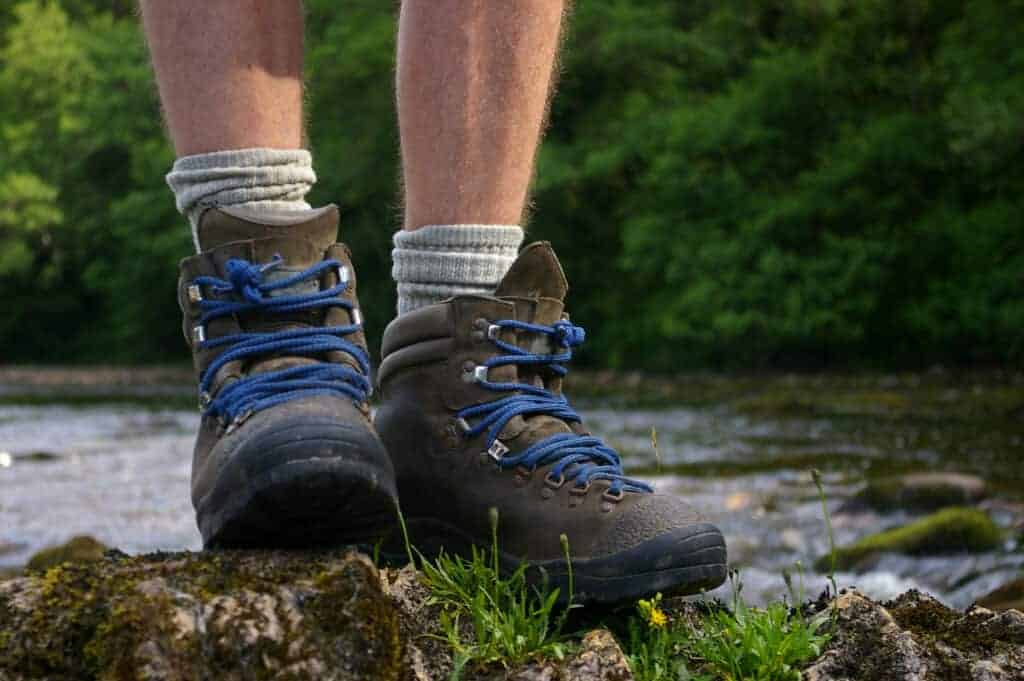
Running Efficiency and Performance
Running is about rhythm, fluidity, and swift motion. That said, hiking shoes’ weight, stiffness, and pronounced grip might disrupt this harmony, hampering running efficiency.
Optimal running performance necessitates a shoe that permits the natural roll of the foot, maintains a balanced weight, and offers just the right amount of traction to facilitate smooth strides.
Potential Risks and Injuries
Selecting the right footwear for each activity is critical in preventing injuries. Running in hiking shoes might expose runners to a higher risk of these potential issues.
Prioritizing injury prevention through proper shoe selection underscores the importance of acknowledging the nuances of each sport and their respective footwear needs. This way, you can ensure a safe and fulfilling exercise experience.
- Tripping and Imbalance: Hiking shoes’ aggressive outsoles designed for grip on uneven terrain can be a liability on smoother surfaces, increasing the risk of tripping due to their protruding lugs.
- Ankle Instability: The higher ankle collars of hiking shoes intended for stability during hiking can impede the natural range of motion required for running, potentially leading to ankle strains or sprains.
- Overexertion: The added weight and stiffness of hiking shoes may force the runner to exert more energy than necessary. This can potentially result in premature fatigue and reduced performance.
- Discomfort and Blisters: The lack of tailored cushioning and support in hiking shoes for running can cause discomfort, blisters, and hot spots due to friction and pressure on different pressure points.
- Form Disruption: Hiking shoes’ design may interfere with the runner’s natural gait, leading to altered biomechanics that could contribute to injuries over time.
Practical Tips for Running in Hiking Shoes
While running in hiking shoes can be approached with care, prioritizing comfort, and adapting to the differences in footwear design is crucial. Always prioritize your well-being and be prepared to switch to specialized running shoes if any discomfort arises during your run.
- Moisture-Wicking Socks: Opt for moisture-wicking socks to reduce friction and moisture buildup, minimizing the risk of blisters and discomfort during the run.
- Proper Lacing: Utilize effective lacing techniques to ensure a secure yet comfortable fit. This will help prevent foot movement within the shoe and minimize potential chafing.
- Gradual Transition: If possible, gradually introduce hiking shoes for shorter runs to gauge comfort and suitability before attempting longer distances.
- Body Awareness: Listen to your body closely during the run. If you sense discomfort, hotspots, or any unusual strain, consider stopping or switching to running shoes to prevent potential injuries.
- Alter Running Style: Adjust your running style slightly to accommodate the differences in shoe design. Focus on a smoother stride to mitigate the impact of stiff or heavy footwear.
- Alternate Shoe Usage: Consider alternating between hiking and running shoes based on the activity. Reserve hiking shoes for their intended purpose and choose running shoes for dedicated runs.
Choosing the Right Footwear for Your Journey
Can you run in hiking shoes? Whether hiking rugged trails or chasing personal bests on the track, footwear impacts not only comfort but also performance and safety.
The choice between hiking shoes and running shoes illustrates the delicate equilibrium between comfort and performance. As outdoor enthusiasts, striking this balance invites us to question our gear choices, fostering a deeper connection with our pursuits.
So, while the journey to reach our goals is paramount, the path we tread—guided by the right shoes—shapes the quality of that journey. Step forward wisely, and focus on embracing the harmony between comfort and performance.

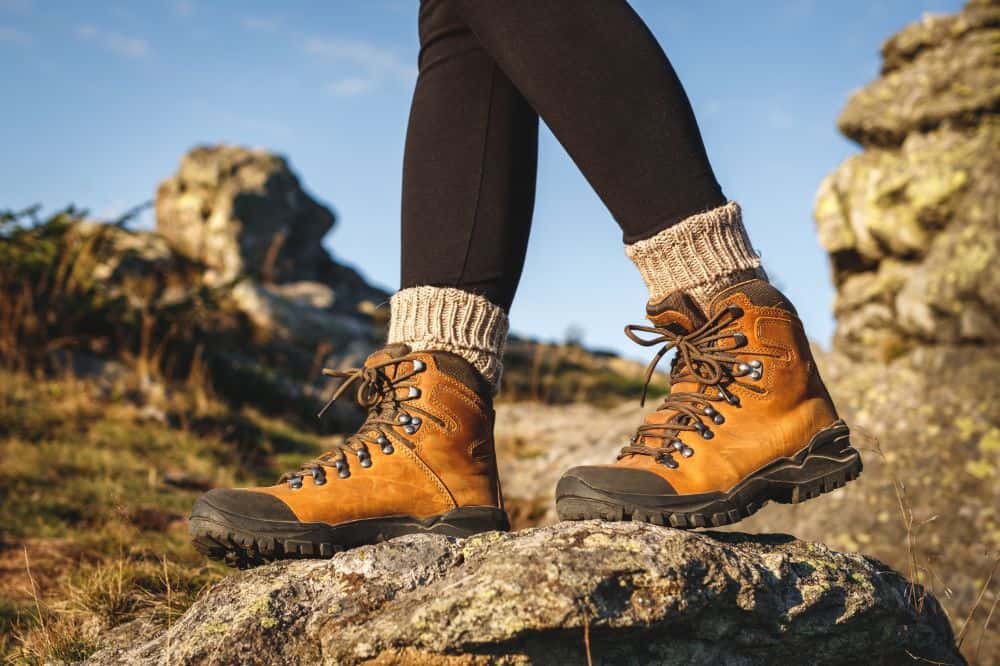
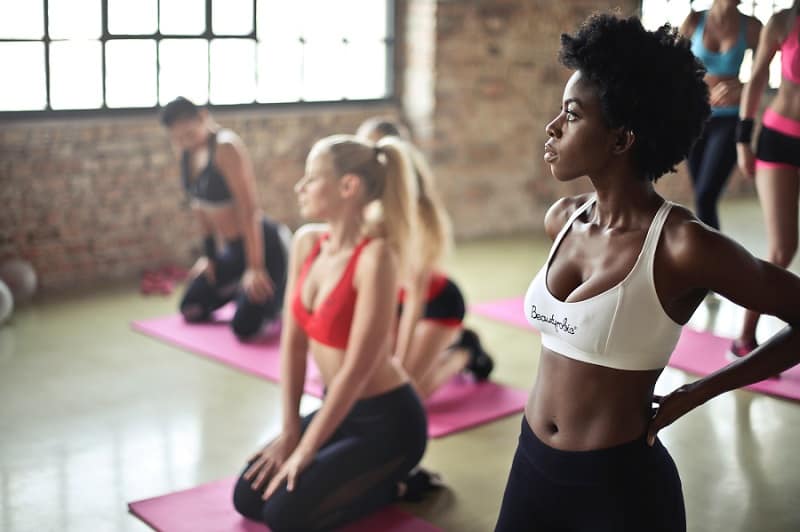

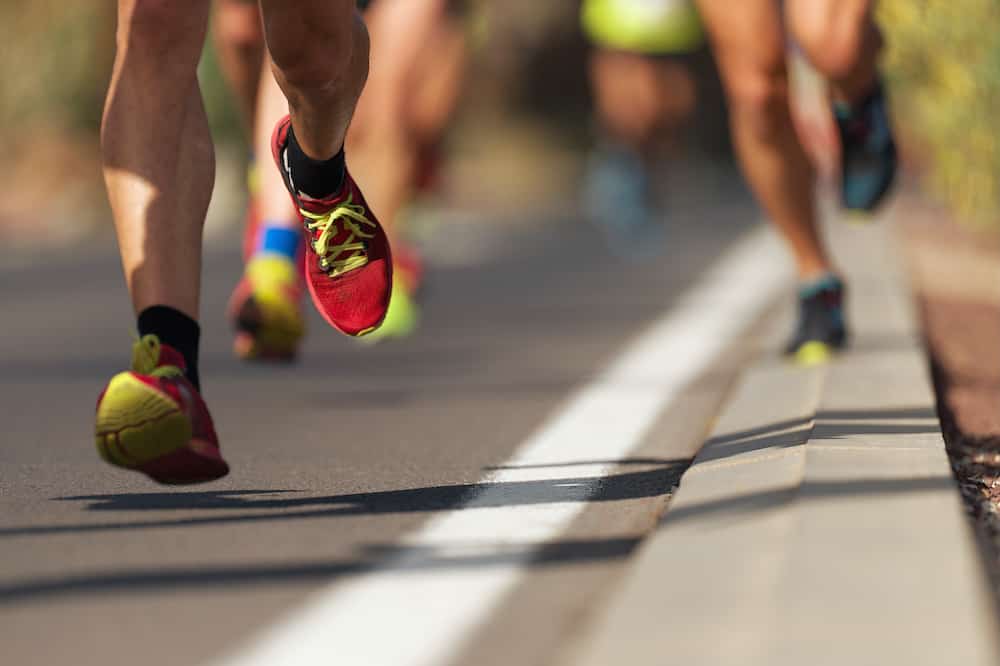
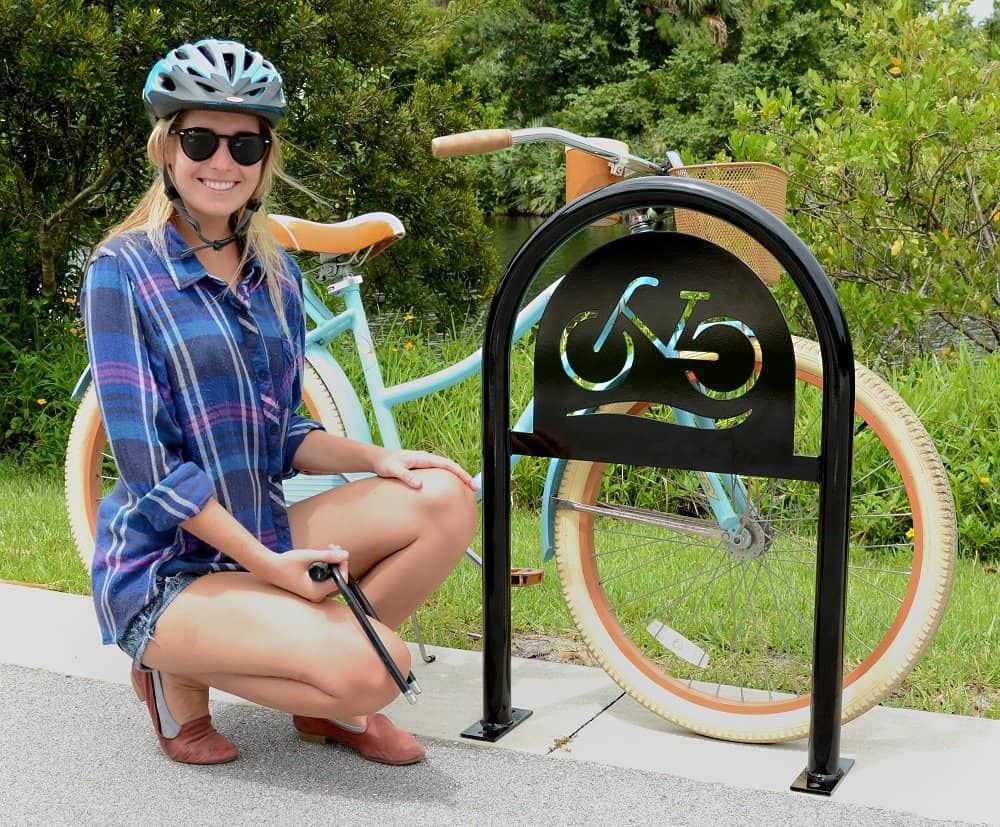
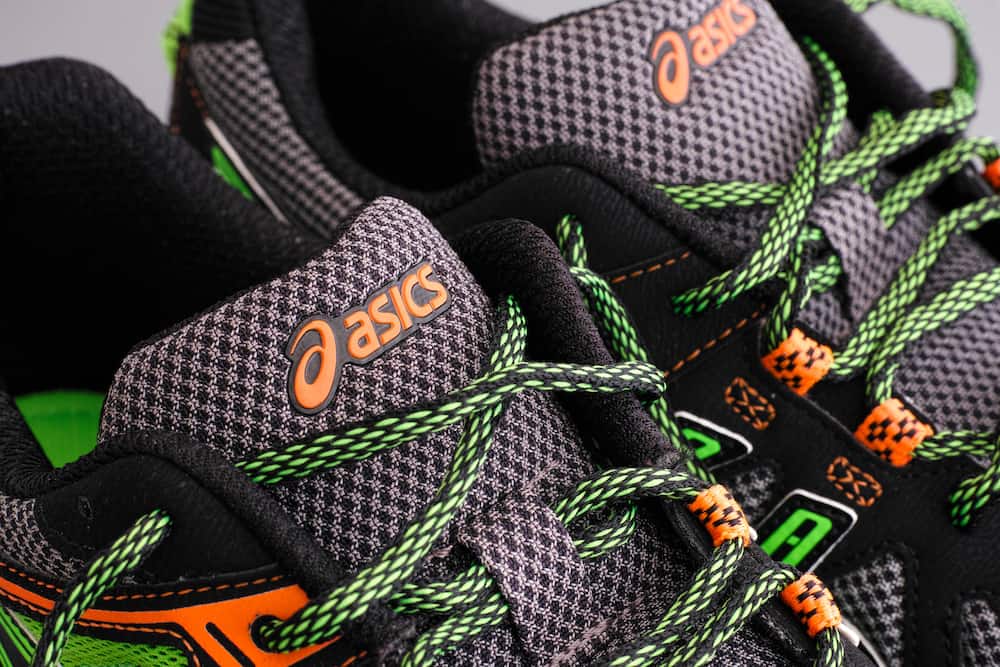
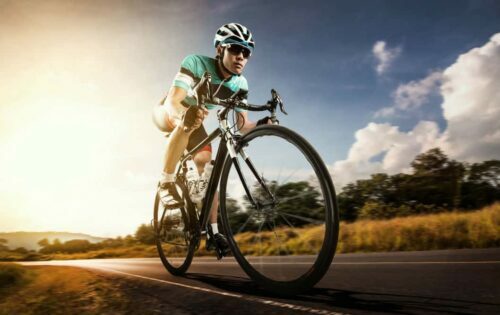






I was looking for hiking shoes and come upon your post. I’m new to hiking and your information here has given me good guidance on hiking shoes. The trails I go to are moderate to hike with certain paths good to jog. While excited to try harder hiking trails, I’ll stick with my current routine for now. Good to know I can wear hiking shoes for both hiking and a bit of jogging. A good pair don’t come cheap, do they?
Hi, Sharon, and thank you.
Thank you for your kind words.
Quality costs, but it depends a little on how you look at it. First, the most expensive shoes are not necessarily the best. But if you buy good-quality shoes, they cost more than the cheaper ones.
But! You may own them longer, too! So, in the end, they are much cheaper in the long run.
It’s great to hear about the benefit of the article, too.
Don’t hesitate to contact me to help you with anything else or if you have any questions.
I have a pair of hiking boots and I would never dream of running in them as they are firmer and have a stiffer sole than my walking/running shoes do. They also support your ankle which makes it difficult to run without feeling very clumsy. However I often go hiking in my running shoes if the terrain isn’t too rough as I generally find my running shoes a lot more comfortable to wear. I wonder if there is a shoe that offers a bit of both in order to combine running and hiking?
Hi, Michel Maling, and thank you.
Thank you for your kind words.
Well, trail running shoes come close to it. They are very versatile for terrains and can be road running shoes, too.
Here is a brand new post about trail running shoes if you are interested. The post is focused on how to buy them.
It’s great to hear about the benefit of the article, too.
Don’t hesitate to contact me to help you with anything else or if you have any questions.